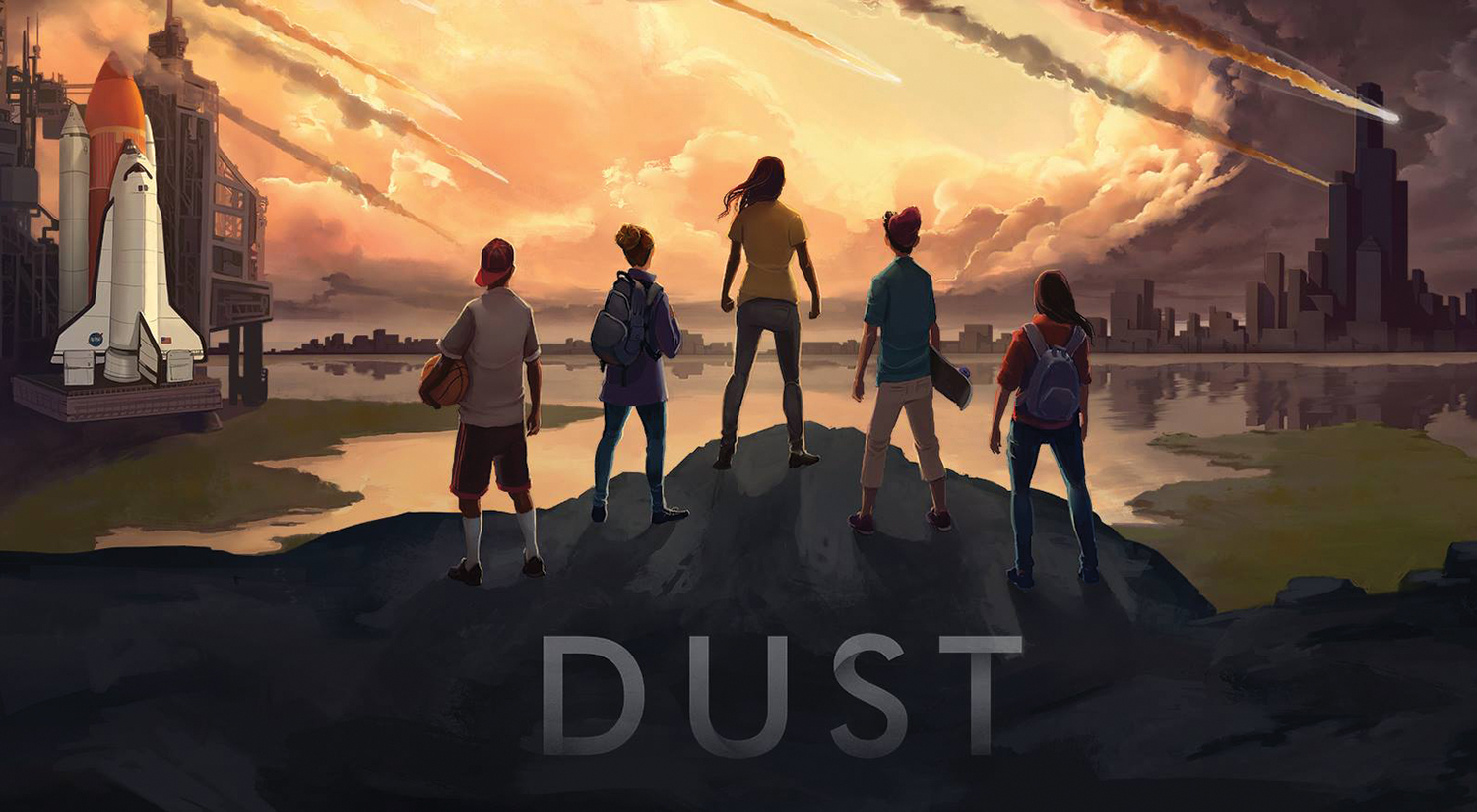By Jeff McClellan
Richard W. Baumann, a BYU professor of zoology and the curator of insects at the Monte L. Bean Life Science Museum, discovered a new species of stonefly.
“Yeah, okay, so I found a new species,” he says. In the museum, he has enough unknown insects to name a new species a week. Besides, he says, 99 percent of the general population would never even notice the fly.
But this obscure little fly was no sooner brought into the warm light of scientific recognition than it was flung headlong into a brewing controversy. And since it was found by someone from BYU and named by someone else from BYU, it was only fitting that yet another person from BYU should save it from its predicament.
It all started when Los Angeles decided it needed a new dump. Elsmere Canyon, located north of L.A. near the city of Santa Clarita, was chosen as a possible location for a landfill that would last about 50 years and would fill the canyon with 190 million tons of garbage, making it the largest landfill in the world.
Since part of the canyon is on national forest land, the landfill company proposed a land exchange with the forest service. An environmental research company was hired to do a biological survey of the canyon, and one of the biologists was a former BYU student, Keith Dobry.
The canyon is the home for fossils, naturally occurring tar pits, and an abundance of plant and animal life, Dobry says. “It’s really a biological and paleontological heaven.”
While collecting plant specimens near the top of the canyon in 1991, Dobry noticed a small fly land on him. “Being one of Dr. Baumann’s students, I recognized it as a stonefly.”
Dobry didn’t know what kind of stonefly it was, so he collected several specimens and shipped them off to BYU where Baumann matched the flies with some other unknown flies he had, identified them as a new species, and named it after Dobry.
But, as Baumann says, a new species of stonefly isn’t a big deal. It’s quite small, about the size of a mosquito–“just a cute little fella,” Baumann says–and hardly anyone would recognize it.
Suddenly, however, the inconspicuous BYU entomologist (insect researcher) and his obscure, tiny stonefly started getting attention. Environmental groups, residents of Santa Clarita, and even a U.S. representative started calling Baumann to ask about the little fly.
“We were looking for any way we could find to bring pressure to bear to not have the canyon turned into a landfill. This was just one of the efforts that we used in that regard,” says Rep. Howard P. “Buck” McKeon, who just happens to be a BYU graduate. McKeon’s district includes Santa Clarita, which would be drastically affected by the landfill.
Baumann told the representative and others that the fly has only been found in four canyons–“it’s a fairly rare thing,” he says, but it isn’t officially endangered.
And Baumann stresses that to save the canyon just for the sake of an insect may be stretching things. But in the case of Calileuctra dobryi, the scientific name for the stonefly, more is at stake than just a little bug. The former Smithsonian scientist points out that in the aquatic environment, stoneflies are the most sensitive insects to environmental pollution or any negative impact.
“The fact that this stonefly is there tells me that the headwater of this canyon is in pristine condition,” says Baumann. “It’s in very good condition. And if they want to save canyons that are still in good condition, this is one to save.”
Baumann’s line of reasoning caught on with Santa Clarita, which fought long and hard to save the canyon. A fact sheet produced by the city pointed out that the landfill would destroy 3,300 oak trees, a 55-foot waterfall, and a stream. In addition, it noted, “Twenty sensitive or potentially federally endangered species live and breed in Elsmere Canyon, including a newly named species
of stonefly.”
It would not take much garbage to ruin the canyon, Baumann says. “Once this canyon is gone, it’s gone. Once this species is gone, it’s gone. Once this habitat is gone, it’s gone.”
Congressman McKeon, who was the first mayor of Santa Clarita, has been fighting to save the canyon from landfills for about 20 years. When he was elected to Congress, he introduced a bill that would prohibit the land exchange from taking place, thereby preventing the landfill from ever becoming a reality.
“I’m trying to make it go away for good,” he says.
After months of political maneuvering, McKeon succeeded and the bill was finally passed into law in October 1996. The canyon and the obscure, tiny little stonefly–discovered by a BYU professor and named after a former BYU student–were saved by a BYU alum. And the fly can now return to the peace of its obscurity.









